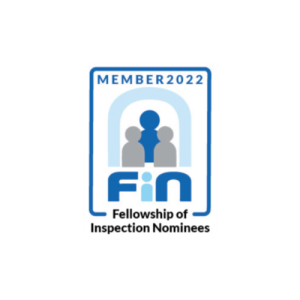Writing a cover letter is one of the most important parts of your application for any job. Whether it’s an apprenticeship or a fully-fledged job, you can advertise your skills and interest with a well-written cover letter.
Remember, you’ll likely have to write many cover letters! Don’t delete or start a new cover letter again. You can adapt parts of your old cover letters for use in the future. Always make sure you add new features that are specific to the new organisation and the new role.
What you need before writing a cover letter
- Make sure you have the name (if there is one) of the contact, recruiter and company and that it’s spelt correctly.
- Do some research on the organisation. You can gather this information from social media or their website.
- Look over the skills and requirements of the role and address where your skills match or differ.
How to start and end your cover letter
Starting and ending your cover letter should follow some very specific formal structures. If you know their name, then use it formally. E.g. Ms Claire Hutchinson/Ms Hutchinson or Mr Joe Harrison/Mr Harrison.
Stay away from ‘To Whom it May Concern’ or ‘Dear Sir/Madam’, as this often gives the impression that you haven’t done any research or gathered information about your prospective employer. Notice that ‘Miss ‘or ‘Mrs’ isn’t used here. You should never presume someone’s marital status, so females should always be referred to as ‘Ms’unless stated otherwise.
To end your cover letter, use ‘Yours faithfully’ if you’ve used their name and ‘Yours Sincerely’, if you’ve used a company name or department.
What to include in your cover letter
1. Introduce yourself and state the job profile
A cover letter is your opportunity to advertise your skills and experience. Introduce yourself and the apprenticeship you’re applying for. For example:
I’m Joe Harrison and I’m applying for the Sports Coach Apprenticeship with First Step Sports advertised on your site (REF:167907). You’ll find my CV with my recent qualifications and experience attached to this application/email.
2. Impress them with your knowledge of the company
It’s important to do your research on a prospective employer. Use their website and social media to find out recent information about their successes, challenges, and values. When you write about yourself, make it clear that you understand their values and show examples of where you’ve demonstrated similar skills.
Researching your employer gives you the opportunity to write why you’d like to work for them with actual examples of your own experience. You can use their values, a report or even a piece of work from a current employee. This will give your prospective employer the opportunity to see how well you’d work in their business.
Think about any qualifications, school or work experience you’ve had, and apply either an insight or a skill you’ve gained that applies. For example, if you’ve recently studied new coaching skills on how to engage children in activities, you can say how useful it would be to use that skill alongside the activity they’ve advertised.
3. Tell them how your skills and experience apply
Show a prospective employer that you have the skills they’ve asked for. If they asked for a candidate that goes above and beyond to engage children in activity, you can use a qualification you’ve earned or a piece of work experience you have that proves this.
You could write:
I recently studied the Level 2 Certificate in Coaching Multi-skills Development in Sport and I specialised in engaging children with different fitness levels. As part of my assessment, I engaged three children who had found running in the warm-up difficult by starting a game of XXX. This encouraged stationary activity but with more opportunities to crouch, star jump and jog on the spot for shorter periods of time.
Here you have addressed a qualification you have earned and how you used what you learnt proactively. It addresses the apprenticeship skills and provides a specific example of how you’ve showcased that skill.
4. Make sure they know your current situation
You should tell them whether you’re a student or currently working. This is especially useful if your current position is relevant to the apprenticeship. It can give them a good indication of when you’d be available to take up the position, and you can use this time to address any transferable skills you have.
Last but most importantly…
Thank them for their consideration and request an interview!
I hope you take the time to look over my CV, and I look forward to discussing the role with you further.
There you have it! You’re ready to write the perfect cover letter.
Looking for an apprenticeship? Why not check out the First Step Training website for your next opportunity?










